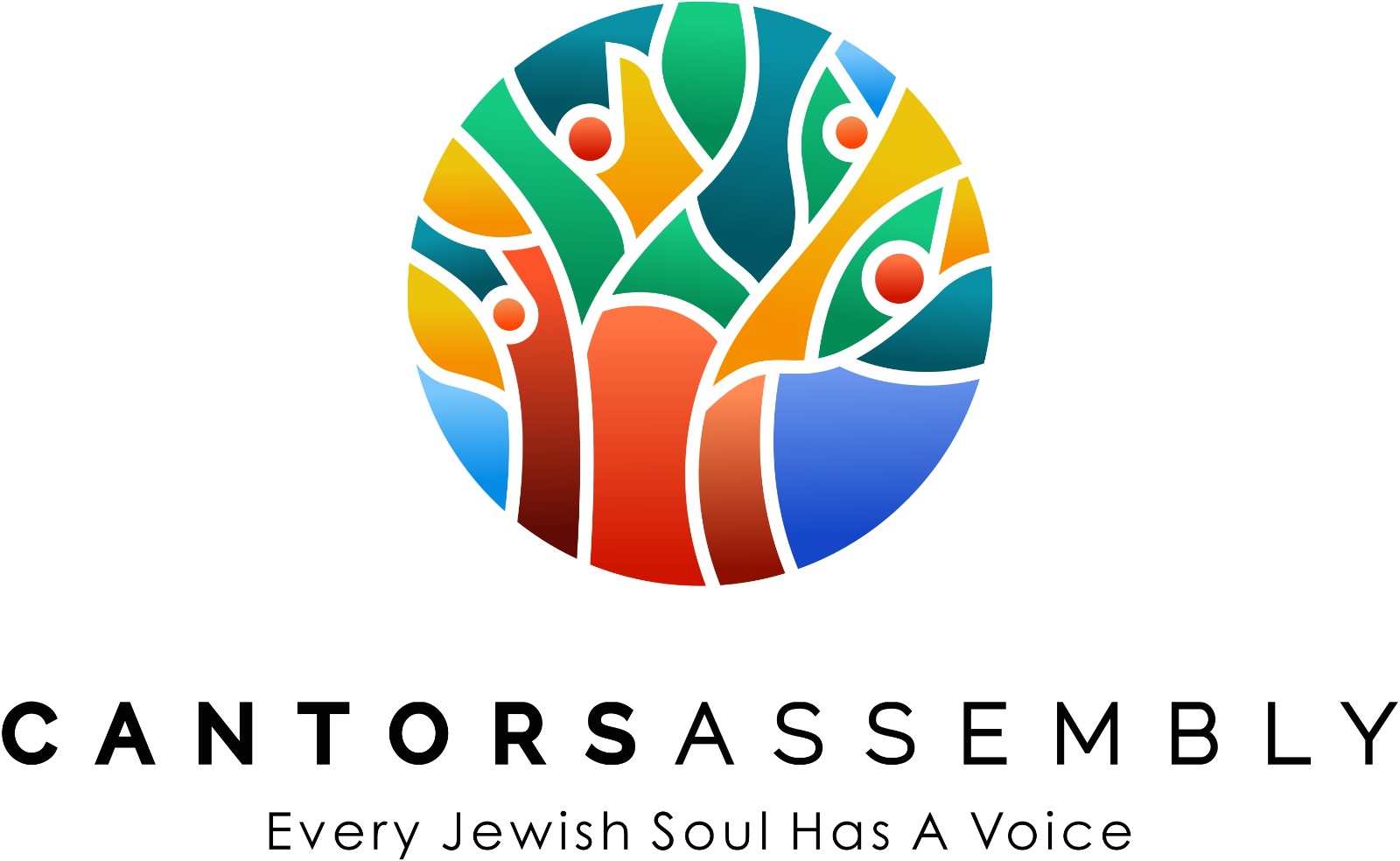STUDY
The history of the music of Italian Jews is a rich and complex one. Every Jewish community in Italy, be it large or small, maintained its own musical tradition up to theearly 1900s. Italian Jews boast their own peculiar ritual (“minhag”), dating back from the communities present in Rome well before the Diaspora even began, before the destruction of the second Temple: but there are also many communities who follow the rito tedesco –Ashkenazim – or the rito spagnolo –the Sephardim, who arrived from Spain, Portugal, southern Italy, North Africa, the Balkans after the expulsion of the Jews in 1492. In many towns, scuola (shul) italiana, scuola tedesca and scuola spagnola have stood side by side for centuries, especially in those larger towns were Jews were forced to relocate to from the surrounding areas and live in enclosed spaces, “ghettoes”, closed at night but open during the day, from the sixteenth century onwards.
The nineteenth centurymarked a turning point in the history of the Italian Jews. The opening up of the ghettoes, participation in the Risorgimento – the whole phenomenon usually referred to as the ‘emancipation’ – brought a new feeling of belonging, of pride in the newly acquired status as Italian citiziens. This led to the building of enormous synagogues, unification of minhagim and – why not? – to the‘modernization’ of the musical tradition: new melodies for the liturgy were commissioned from famous or near-famous composers, usually for hazan, choir and organ, often borrowing from the opera repertoire that was very fashionable – and very ‘Italian’.
What is left, then, to explore in search of older memories? Not many explicit traces, to be sure; nor melodies easily identifiable as centuries old. However, the history of the music of the Jews in Italy is above all a history of interaction: decade after decade, century after century with the contemporary trends of Italian music – the belcanto style used in the nineteenth century is just one of many examples. The same nineteenth century composers who were called upon to modernize and aggrandize had no desire to completely forget the entire history of this composite music: there are so many instances of this, with ‘modern’ tunes carrying strong echoes of melodies from the eighteenth century, the seventeenth century, and, sometimes, earlier still. If we listen to the melodies that fill the synagogues of Italy every Shabbat and Jewish Holiday – although, in some cases, filled would perhaps be a more accurate term, referring to the situation before the Nazi- Fascist attempt to erase Italian and European Jewry made it very difficult for the communities themselves, especially in the smaller towns, to survive; if we listen to this repertoire that is miraculously still vibrant, and regularly sung, unlike so many other old traditions which have become limited to material for study by academics and researchers; if we listen closely, it is like listening to a condensed history of Italian Jews and of Italians in general.











